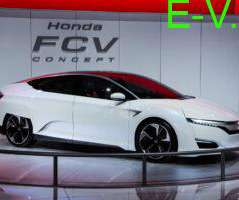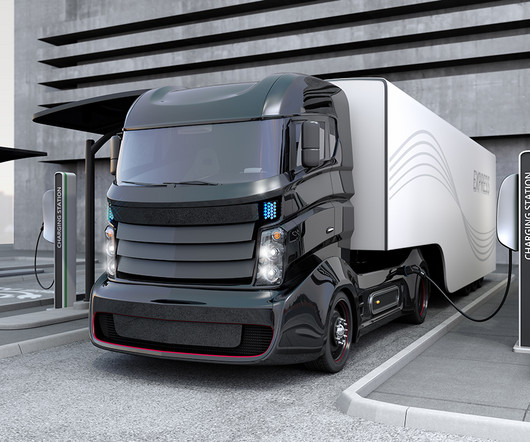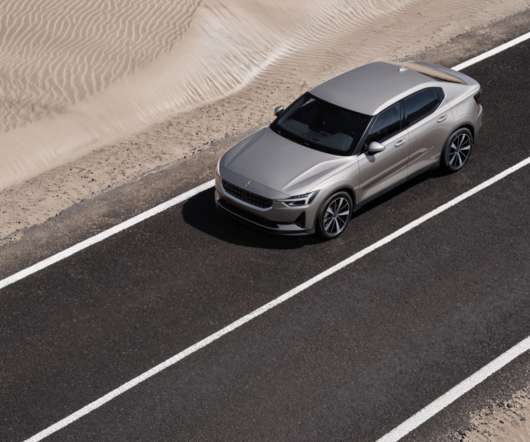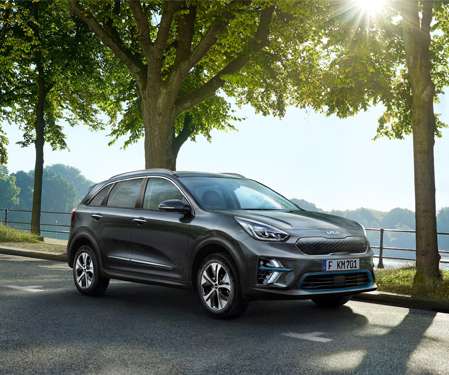Volvo Trucks enters LNG truck segment in India, fuel technology ‘first step’ towards its 2040 carbon neutrality target – ET Auto
Baua Electric
JUNE 18, 2024
With the country’s commercial vehicle (CV) industry gradually adding LNG (Liquified Natural Gas) to its fuel portfolio, the Swedish truck maker has made an entry into this segment, with a 42-tonner FM420 LNG. The deal with Delhivery is a culmination of commercial trials which began in September 2022. “It It took a while getting here.












Let's personalize your content